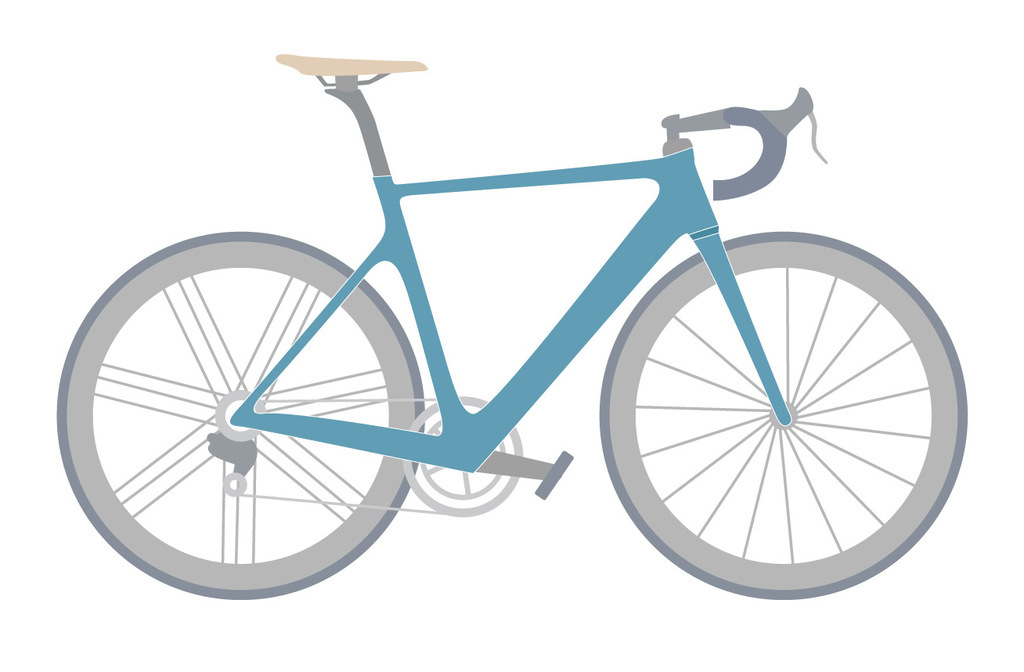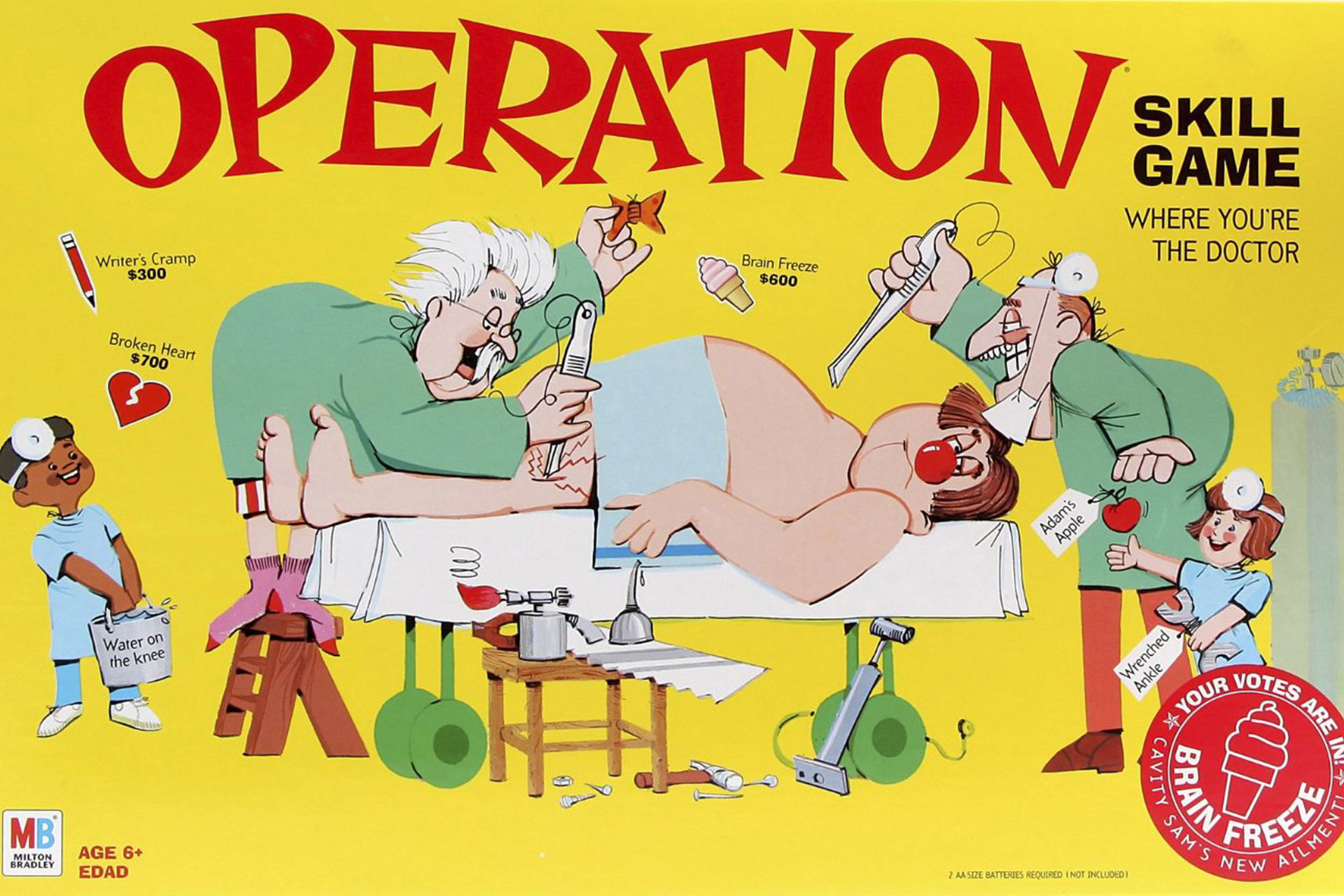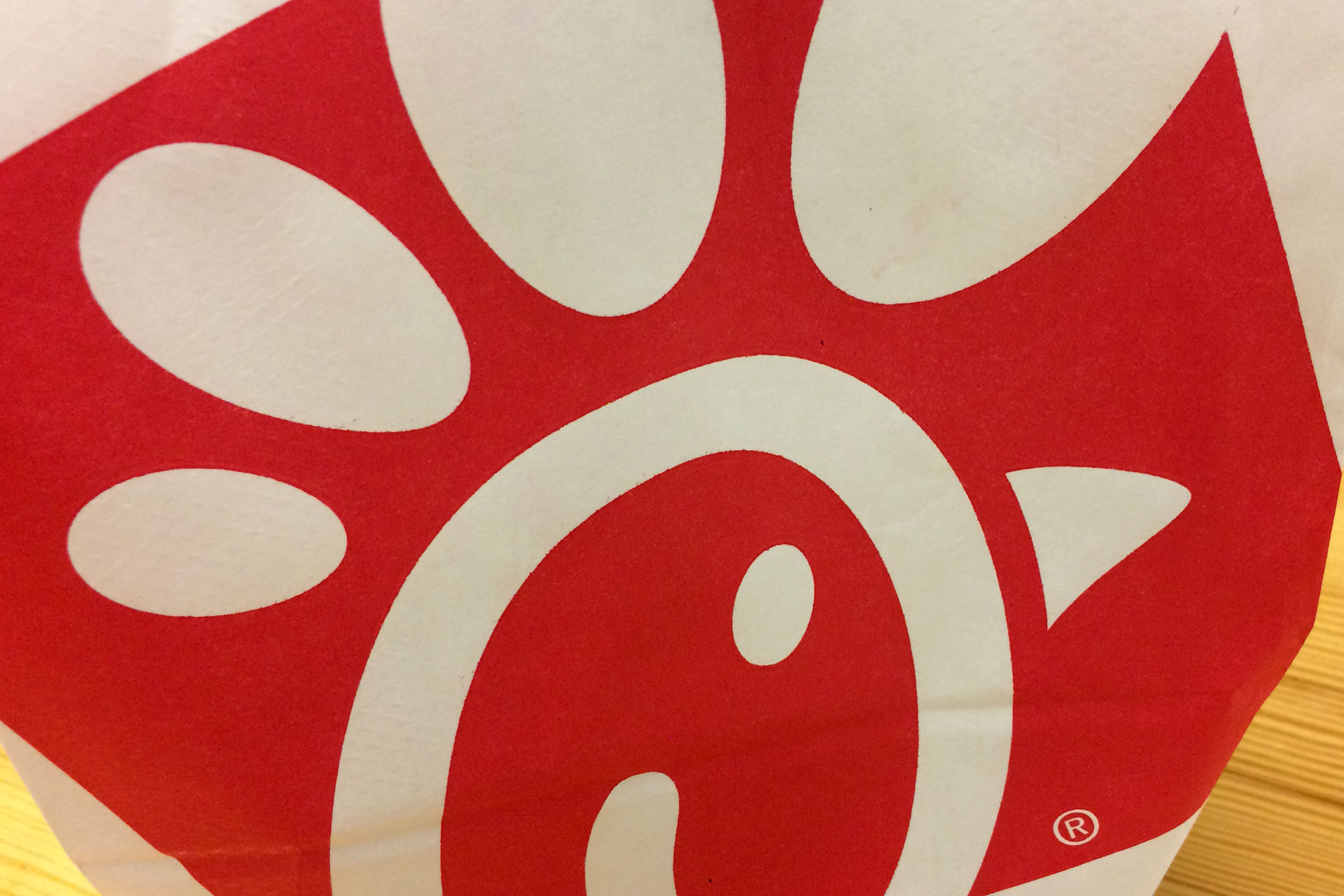UX in Agriculture: What are we trying to do?
7 min read
C0-Authored by Nick Bray, Director of UX Design
As designers, we’ve always considered ourselves outsiders—the unbiased third party in the agriculture world. Our instinct has been to focus on the best solution for growers, and ultimately, that should be the goal of the industry. But we have begun to question whether the solution is grower-focused software, or if their continued dependence on advisers have us chasing the wrong answer.
It was plausible to think that if software could provide tools to help manage their farms, growers would flock to the solution. We heard similar sentiments and believed they would thrive on the data and the immense opportunity that lies within it, especially with the wave of tech savvy millennials taking the reins on the family farm.
So why aren’t growers using the software?
At this year’s PrecisionAg Innovation Series, we repeatedly heard that growers just aren’t logging in. The data is available, the maps are there, and there are strong signs of increased integration (we fully admit it’s still not great)… But this is what they asked for, right? So why, then, were the attendees only reporting login usage between 10-30%?
1. It’s not useful or usable.
It’s not useful because we built what they asked for.
People are very good at explaining what their problems are, but they aren’t very good at explaining why those problems actually exist. As a result, the focus switches to features, instead of the system as a whole.
You want to layer seven maps? You got it. You need weather mapped by acre? Absolutely. You want to compare tillage, as applied nutrient rates, and GDD at the same time? Let’s do it. But none of these things may actually get to the root problem—it’s like treating the symptoms without understanding the cause.
It’s not useful because we built what they asked for.
It’s not usable because feature-focused products forget about their framework.
If you were trying to build a bike…
You’d have wheels because people asked for way to move.
You’d have pedals because people asked to turn the wheels.
You’d have brakes because people asked for way to stop.
You’d have a reflector because people were worried about traffic.
You’d have a seat because people asked for a place to sit.
But nobody asked for the frame—the one thing that holds it all together—so you’d never end up with a usable bike.
Framework is often something forgettable. In most cases, it’s invisible to the average user, but it plays the most important role in making your product learnable and easily adaptable for future needs.
Just to drive home our point, we challenge you to draw a bike in 30 seconds or less.
How did your bike turn out? Did you draw the frame correctly? (You can cheat if you scroll to the bottom of this post.)
It’s not usable because feature-focused products forget about their framework.
2. Business owners have support staff.
Perhaps we’ve been looking at this all wrong. We thought that growers would want details—that they would pore over the data and be giddy about benchmarking. But in the end, maybe they just don’t have enough hours in the day. Maybe they only have time to manipulate the big picture, and not dive into every nuance on every acre.
Farm owners have enough to worry about: logistics (people and machinery), input purchasing, land acquisition, partnerships, markets, contracts, downsizing/upsizing, insurance—they’re busy. They rely on their trusted advisers’ expertise when it comes to the relationship between soil, chemicals, varieties, weather, and pests, just as you may rely on someone else to do your taxes or retirement planning.
And despite Millennials’ (and Gen Y/Z) technical skills and willingness to do more of the legwork, the trusted adviser still has the best seat at the table.
What we know:
- This year’s PrecisionAg Innovation Series confirmed our hypothesis—the answer lies in the relationship. The farming ecosystem relies heavily on advisers, and software companies aren’t capitalizing on the existing gaps. Instead, it seems as though the focus has remained on digitizing the paper filled binders and modernizing, but not modifying, the processes of yesterday.
- As growers lean into their advisers, software will continue to push the relationship to become more transparent. This visibility will allow growers to validate the advisers’ advice.
- The only way software will be truly be able to disintermediate the adviser: when AI can truly understand causation and correlation. It’s an uphill battle; generational knowledge and strong relationships will be hard to overcome.
- The race for acres is real, and big data is important to increasing efficiency and profits. But that data has to be understandable, or it doesn’t do any good. There is still a huge need for design to make this data go from overwhelming to actionable.
- The landscape is fragmented because venture capital is really good at finding niche opportunities for immediate impact and shorter term cash flow, but isn’t incentivized to focus on ecosystems. Take Uber, for example, they disrupted a niche industry, but didn’t focus on transportation as a whole—a dated infrastructure in our country. One could argue that it’s the right of the startups to fix different parts of the agriculture ecosystem, but wouldn’t it be nice to work on a shared vision where we could see macro level “change for the better”?
- We tend to think more is better, but in the case of farm software, that may not hold true. Nearly $230 million was invested into seed stage deals in 2016—a 77% increase from 2015. This can only mean one thing: more startups. Unfortunately, if we don’t have a common underlying data language, choice won’t help anyone. In fact, it will compound the problem.
- There isn’t a system out there that’s getting it completely right—it’s a beast of a problem—so it’s no wonder the competition continues to grow. Digitizing the cumbersome workflows within the ag industry is a step in the right direction, but it’s not enough. The competition needs to look past the replacement of old, and look toward the less tangible things; the kind of things that we don’t know we need until we have them. As Steve Jobs once said, “Customers don’t know what they want until we’ve shown them. Our task is to read things that are not yet on the page.”
Even in the big business of agriculture, it still comes down to relationships.
The savviest of business people still have a trusted sounding board; people need people. So how can we shift our focus to enhance the existing grower-adviser relationship, rather than continuing on a more shortsighted, feature-by-feature path?
We understand staying ahead of the competition, but big data only gets you so far. Growers and advisers need to be able to digest the data and use it in tandem with their daily operations. The data is only as good as its design. The design is only good if it has a solid framework that supports a usable ecosystem—and an ecosystem can only thrive if its innovators focus on innovating. The problem is too big for one player, and we can’t keep regurgitating the same solution over and over.
“Discovery consists of seeing what everyone has seen, and thinking what no one has thought.”
Can we shape new, more efficient behaviors with holistic thinking, using frameworks instead of features? We believe the answer is yes, and it can only start if you stop looking at the grower and adviser personas as two individuals with their own needs, but instead as a high functioning team that’s expected to deliver sustainable products and competitive profits—together.
Check your bicycle: Did you get both triangles?
Resources
https://research.agfunder.com/2016/AgFunder-Agtech-Investing-Report-2016.pdf






